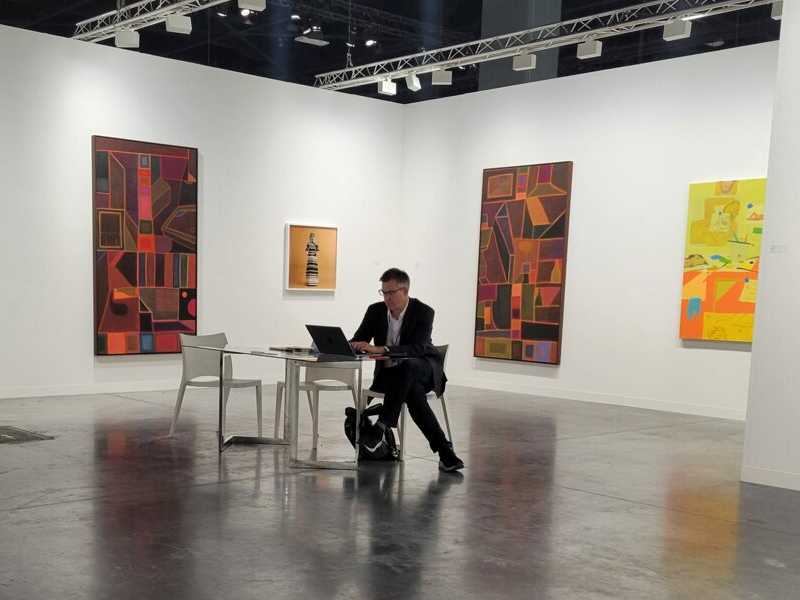
Effective Art Collection Management: From Curation to Dissemination
Effective Art Collection Management: A Comprehensive Guide from Curation to Dissemination
Thank you for visiting Art Institutes, don't forget to subscribe to the Art Institutes Newsletter!
Introduction
Art collection management is a multifaceted discipline that involves the acquisition, preservation, and exhibition of artworks. It is a critical aspect of the art world, ensuring the proper care, maintenance, and growth of art collections for both private and public institutions. This article aims to provide a clear and detailed overview of effective art collection management, focusing on key aspects such as curation, acquisition, conservation, and dissemination.
Curation
Curation is the process of selecting, organizing, and presenting artworks in a collection. A curator, who is responsible for this process, makes decisions about what artworks to acquire, how they should be displayed, and how they should be interpreted for the public. Curation involves understanding the historical, cultural, and artistic context of each artwork, as well as the overall vision and mission of the collection.
Art8 "Webinars for Creatives" https://art8.net
Acquisition
Acquisition refers to the process of obtaining artworks for a collection. This can be done through purchase, donation, or loan. The acquisition process involves researching potential artworks, negotiating prices or terms, and ensuring that the artwork fits with the collection’s overall vision and mission. It is essential to conduct thorough due diligence to authenticate the artwork and ensure its provenance, or history of ownership.
Conservation
Conservation is the process of preserving and restoring artworks to maintain their physical integrity and aesthetic value. This involves cleaning, repairing, and stabilizing artworks to prevent further damage. Conservators use a variety of techniques, including traditional methods and modern technologies, to preserve artworks for future generations. Regular maintenance and monitoring are also crucial to ensure the long-term preservation of the collection.
Dissemination
Dissemination refers to the process of making the art collection accessible to the public. This can be done through exhibitions, publications, and digital platforms. Exhibitions provide an opportunity for the public to engage with the artworks in person, while publications and digital platforms allow for wider access to the collection. Dissemination also involves education and interpretation, helping visitors to understand the historical, cultural, and artistic context of the artworks.
In conclusion, effective art collection management requires a combination of expertise, dedication, and a deep understanding of the art world. Curation, acquisition, conservation, and dissemination are all essential aspects of this process, ensuring that art collections are preserved, maintained, and shared with the public. By understanding these key concepts, art collectors, institutions, and enthusiasts can make informed decisions and contribute to the preservation and appreciation of art for future generations.
In the digital age, art collection management has become increasingly complex, with new challenges and opportunities arising. However, by adapting to these changes and embracing new technologies, art collection management can continue to evolve and thrive. Whether you are a private collector or a public institution, effective art collection management is essential for preserving and sharing the world’s artistic heritage.


